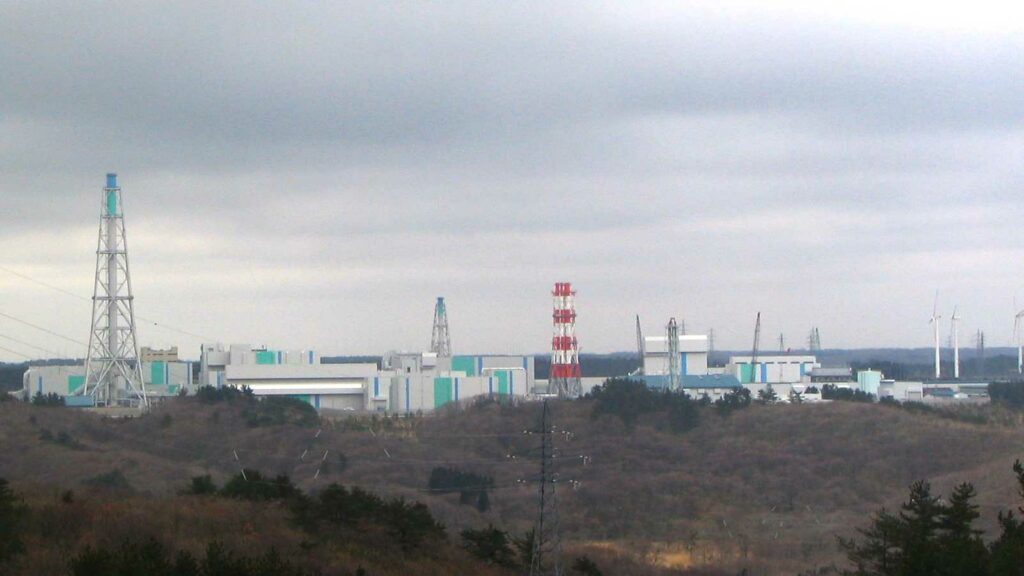Mythbuster – Reassuringly expensive?

By Mitchell McCombe, member of the Young Nuclear Generation Nuclear Institute.
The race to low-carbon economies is a competition between expensive nuclear power and cheap renewables – is it that simple? Mitchell McCombe investigates.
There is a misconception that the race to low carbon economies is a competition between nuclear power and renewables, and that it is just a matter of time until we can run our world on renewables that are “cleaner, cheaper and safer than nuclear”. But if we are to address global climate goals and ensure security of low-carbon electricity supply in the UK we must adopt a holistic approach to a low-carbon future and work towards a vision where nuclear and renewables work seamlessly together in a clean, secure and affordable UK electricity network.
Internationally reputable organisations like the International Energy Agency (IEA) and International Atomic Energy Agency (IAEA) agree that nuclear power is essential to any viable future clean energy mix in the UK and across the globe. Many of the academic studies that have attempted to map a 100% renewable energy system were discredited by a 2017 comprehensive review, due to unrealistic technical assumptions or incomplete consideration of costs or politics [1]. Others have explored the reasons why nuclear is systematically excluded from published cost models [2] and deduced that some forecasters explicitly limit the role of nuclear to a marginal one by excluding lifetime costs – ultimately implying that nuclear is not a viable option for the future low-carbon energy mix. Taking this into consideration, it is clear that there is no credible model to show that the future energy system in the UK can be built on renewables alone, without reliable baseload supply. As electricity demand is set to increase with the emergence of electric vehicles and other decarbonising technologies such as the roll-out of electric heating systems, nuclear will play an increasingly important role in providing reliable, low-emission energy to meet the UK’s obligation to decarbonise to 80% of the 1990 levels by 2050.

We have seen the consequences of removing nuclear power from an energy mix. In Germany, a politically-motivated decision to end the nuclear programme led to a multi-billion euro investment in renewables, now accounting for ~30% of the German electricity supply [3]. Yet, partly due to the need for reliable backup supply from fossil fuel alternatives to supplement this renewable-heavy system, between 2015-16, total carbon emissions in Germany actually increased by four million tonnes from 902 million tonnes to 906 million (CO2 equivalent)[4]. Investment in new nuclear power as reliable back-up would have undoubtedly avoided this. The problem is that the eye-watering price of new nuclear is often compared unfairly to renewables, without taking into account the whole system cost. A recent report by the IEA however, identified that in China, the cost of electricity for wind, solar PV and offshore wind is respectively 16%, 50%, and 140% higher than that of nuclear [5].Take the following example of 1GWe of electricity production that was presented in 2019 [6]. Nuclear plants generate electricity for around 90% of the time, meaning that 1.1GWe of installed capacity is required. Using Hinkley Point C as a reference, the cost per installed unit(dominated by capital costs) would be £6,400/kW, with a further £3,000-4,000/kW capital financing costs. No back-up generation is required and the nuclear reactor has a 60 year lifetime. For renewables, if the wind blows or sun shines say half of the time, 2GWe of installed capacity at a lower rate of £3,000/kW is required to deliver 1GWe of electricity to the grid, and at a lower rate of finance, say £1,000/kW. A back-up gas turbine plant at £1,200/kW is required to plug any gaps in electricity generation from the renewables. With a lifetime of half that of a nuclear reactor, these costs must be doubled, if we are to compare apples with apples.
By the time Hinkley Point C is expected to be fully operational in 2025, 30 years of technological advancement in nuclear technologies and operations will have passed since the UK’s last new nuclear reactor was constructed. The high price-tag is unsurprising for a First of a Kind unit in the UK. But, learning from a fleet deployment approach would bring these costs down, and smaller scale reactor technologies offer opportunities to save cost through increased factory build and reduce time on site – inevitably placing nuclear as a viable option alongside renewables in future low-carbon energy mixes.
We must, as a population, stop talking about “nuclear versus renewables” and talk about “low-carbon solutions”, full stop.
References:
[1] Heard, B. P., Brook, B. W., Wigley, T. M. L. & Bradshaw, C. J. A., 2017. Burden of Proof: A Comprehensive Review of the Feasibility of 100% Renewable-Electricity Systems. Renewable and Sustainable Energy Reviews, Volume 76, pp. 1122-1133.
[2] Partanen, R., 2019. Systematic Exclusion of Nuclear Power in Decarbonisation Models.[Online]Available at: https://4thgeneration.energy/systematic-exclusion-of-nuclear-power-indecarbonization-models/
[3] Conca, J., 2017. Why Aren’t Renewables Decreasing Germany’s Carbon Emissions?.[Online] Available at: https://www.forbes.com/sites/jamesconca/2017/10/10/why-arentrenewables-decreasing-germanys-carbon-emissions/#4472282868e1
[4] Wettengel, J., 2016. German Carbon Emissions Rise in 2016 Despite Coal Use Drop.[Online] Available at: https://www.cleanenergywire.org/news/german-carbon-emissionsrise-2016-despite-coal-use-drop
[5] World Nuclear Association, 2019. Harmony: What will Power our Electric Future? [Online] Available at: https://www.world-nuclear.org/our-association/what-we-do/the-harmonyprogramme.aspx
[6] Ford, J., 2019. Nuclear is Less Costly Than You Think. [Online] Available at: https://www.ft.com/c
Share this article
Related articles
Help us grow and achieve your potential at a values-driven business.




